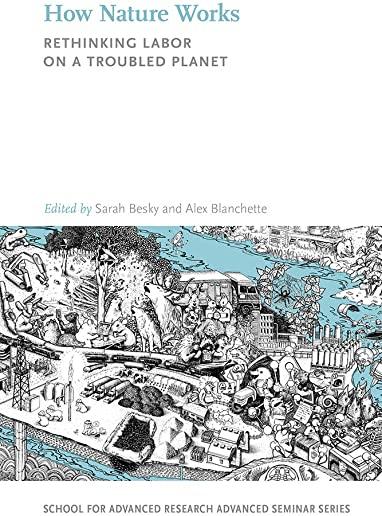
We now live on a planet that is troubled--even overworked--in ways that compel us to reckon with inherited common sense about the relationship between human labor and nonhuman nature. In Paraguay, fast-growing soy plants are displacing both prior crops and people. In Malaysia, dispossessed farmers are training captive orangutans to earn their own meals. In India, a prized dairy cow suddenly refuses to give more milk. Built from these sorts of scenes and sites, where the ultimate subjects and agents of work are ambiguous, How Nature Works develops an anthropology of labor that is sharply attuned to the irreversible effects of climate change, extinction, and deforestation. The authors of this volume push ethnographic inquiry beyond the anthropocentric documentation of human work on nature in order to develop a language for thinking about how all labor is a collective ecological act.
member goods
listens & views

MUSIC FOR GREAT CATHEDRAL / ...
by MUSIC FOR GREAT CATHEDRAL / VARIOUS
COMPACT DISCout of stock
$12.49

SWING JIVE & JITTERBUG 13 ...
by SWING JIVE AND JITTERBUG 13 / VARIOUS (CAN)
COMPACT DISCout of stock
$10.99





